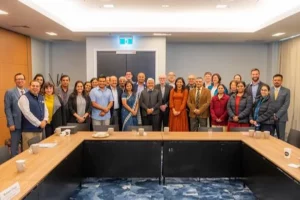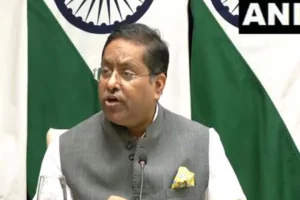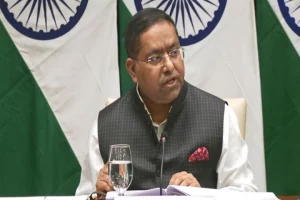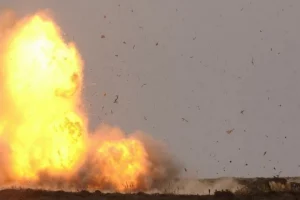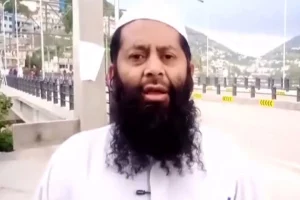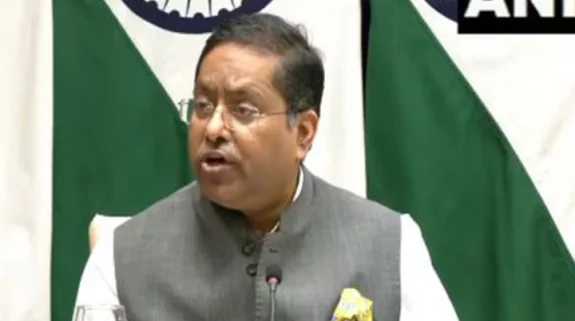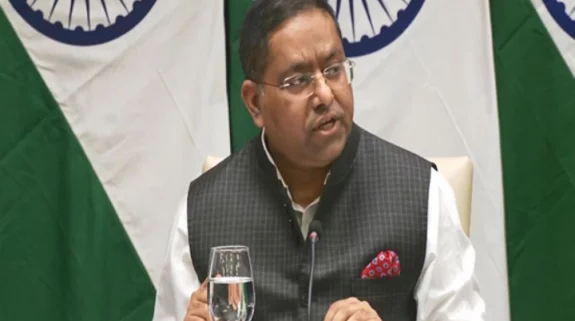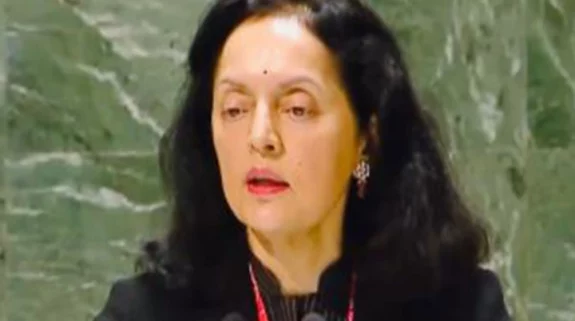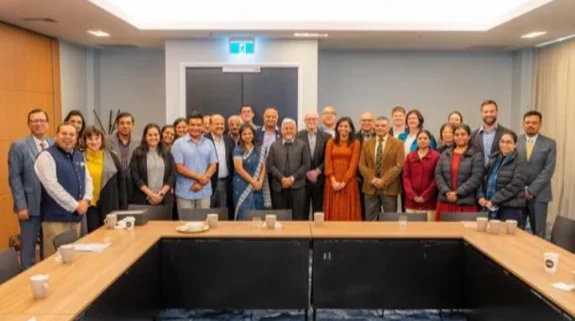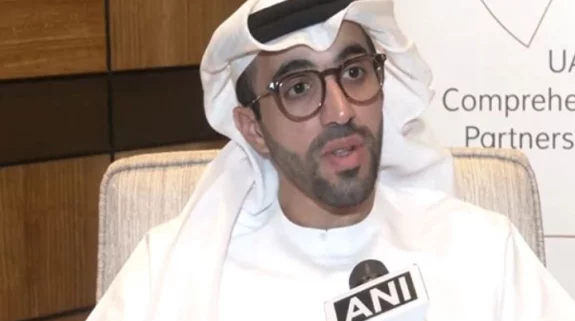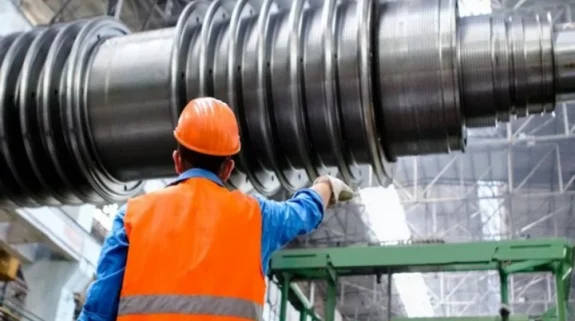The Army's decision to occupy the dominating heights along the south bank of the Pangong Tso lake on August 29 was a game changer that helped end the ninth month standoff between Indian and Chinese troops in eastern Ladakh, says northern army commander, Lt. General YK Joshi.
Lt. Gen. Joshi also said that the positioning of the tanks to buttress the occupation of the heights along the south bank also played a critical role in the written agreement to disengage which was signed on February 10.
In an interview with Nitin Gokhale, the editor-in-chief of Stratnews Global , Gen. Joshi acknowledged the strategic heights along the south bank of Pangong Tso established a level playing field in the negotiations.
"That action finally turned the tables on the People's Liberation Army ( PLA) and got them back to the negotiating table. Before August 29-30, we already had five Corps Commander-level meetings. We were on the back foot. We had occupied certain areas of the north bank but the Chinese were in some dominating locations. But on 29-30th of August, we occupied the Rezang La and Rechin La complex, the most dominating features overlooking China’s Moldo garrison. We occupied the south bank and higher heights of Finger 4, dominating all the locations that the PLA occupied. China was brought back to the negotiating table."
Gen. Joshi stressed that the June 15 brawl in the Galwan valley which killed 20 Indian troops and an unknown number of Chinese soldiers was a nodal moment, which triggered plans including the unprecedented surprise element of positioning tanks in the RezangLa and Rechin La area," Since June 15 last year, when the Galwan incident happened, we had been preparing and finally, we executed this to surprise our enemy. We took tanks to Rezang La and Rechin La which was unthinkable a couple of months ago before that. It had never happened before."
The Mandarin speaking Kargil war hero pointed out that the disengagement process started on February 10 was progressing and it is progressing "very smoothly, to say the least". "It was decided that the disengagement process would be in four steps. Before graduating from one step to another, we’re to verify each step on the ground and we’re continuously monitoring and only when both the armies are satisfied that one step has been done to the satisfaction of all of us, the next step will ensue. From the start, we have been continuously monitoring; we have our UAVs in the air, we are getting satellite imageries and have our cameras placed at vantage points."
Gen Joshi refuted the opposition’s claim that India has ‘ceded’ territories to China during disengagement. “India’s claim line is till Finger 8, People’s Liberation Army (PLA) troops have agreed to go behind Finger 8, so how has India ceded territory? The PLA is going behind the Finger 8, behind our claim line. They are restoring the entire landforms from Finger 4 to Finger 8, back to April 2020. They will not carry out any activity on our side of F-8, i.e. our claimed areas. It’s a huge success, how are we ceding? Their claim is till F-4 but they are not doing any activity, whether it is military or otherwise, in areas claimed by us. It’s a huge success.”
The PLA was refusing to vacate this area between Finger 4 and Finger 8, but once the tables were turned on 29 and 30 August, “it was forced to negotiate according to our terms. we've had these three flag meetings — 7th, 8th and 9th. In these meetings, China was looking for a face-saver. But in these three flag meetings, China realised that we will not be relenting, “ Gen Joshi said to the media.








